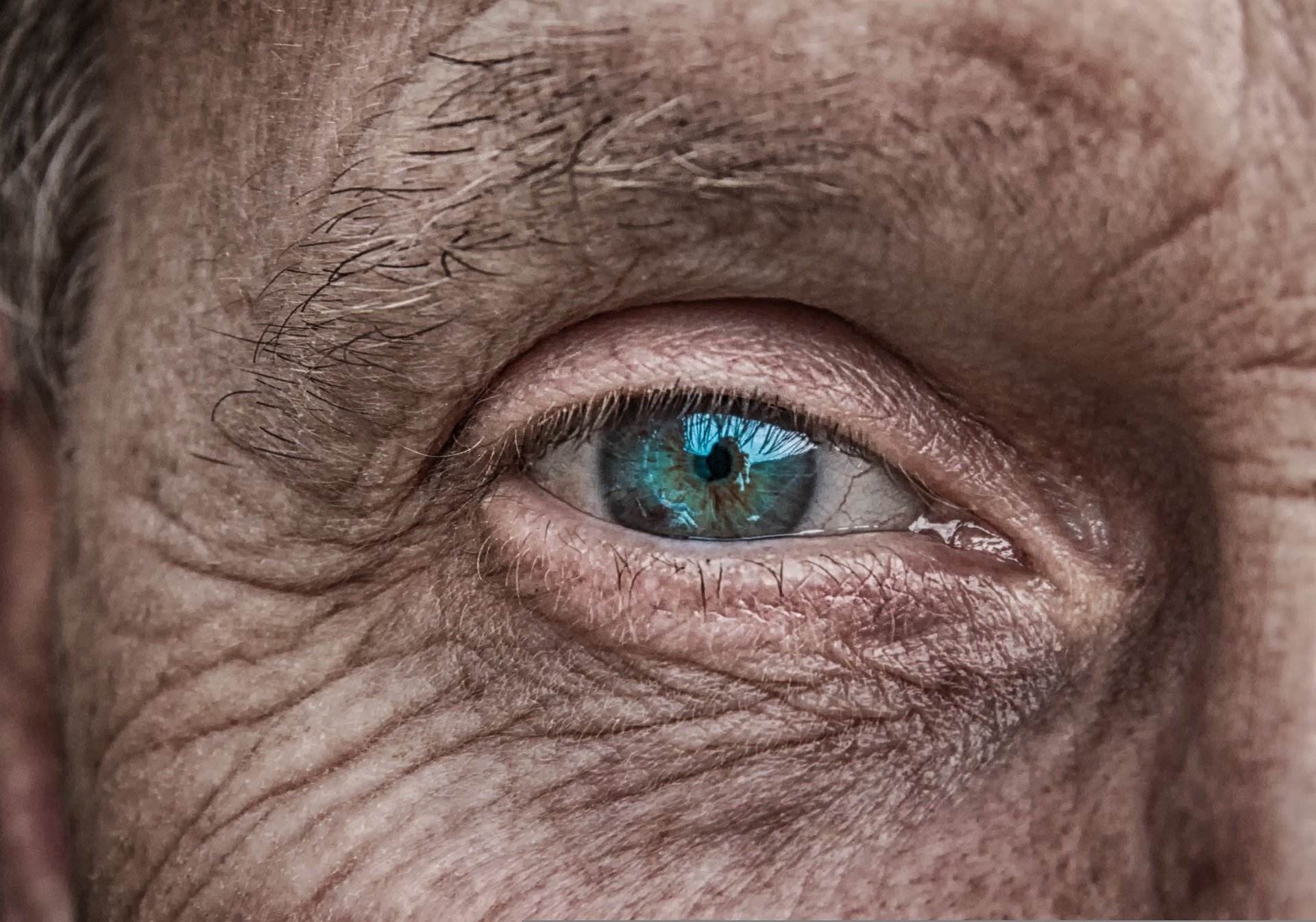 uman genetics is very interesting as it is what defines our physical characteristics, something that not long ago defined the sort of rights someone had in this world and sadly in some corners of the world still does. Nevertheless, it has been defined by scientists that people who have blue eyes may have only a single ancestor, meaning that all people who are blue-eyed could be related to one another. This may not apply to those who have a more religious belief about the human ancestral tree, but those who believe in science will find this very interesting.
uman genetics is very interesting as it is what defines our physical characteristics, something that not long ago defined the sort of rights someone had in this world and sadly in some corners of the world still does. Nevertheless, it has been defined by scientists that people who have blue eyes may have only a single ancestor, meaning that all people who are blue-eyed could be related to one another. This may not apply to those who have a more religious belief about the human ancestral tree, but those who believe in science will find this very interesting.
If you were paying attention in science class, you would know that blue eyes are a recessive gene, meaning that you need to have two of the genes for the color to become apparent. Scientists have tracked down a genetic mutation that took place 6,000-10,000 years ago and is the cause of the eye color of all blue-eyed humans alive on the planet today. The change from brown to blue eyes is neither a good nor a bad mutation. It is one of a number of mutations, including those that affect hair colour, baldness, freckles, and beauty spots, that neither improves nor impairs a person’s probability of surviving.
Professor Hans Eiberg from the Department of Cellular and Molecular Medicine was the one to discover this back in 2008. Based on this study and many others that had been previously done with a focus on the human genome, Professor Eiberg came up with an interesting conclusion stating that the human organism will keep on evolving:
“it simply shows that nature is constantly shuffling the human genome, creating a genetic cocktail of human chromosomes and trying out different changes as it does so.”
Professor Hans Eiberg
Originally, all our ancestors had brown eyes, but a mutation that affects the OCA2 gene in our chromosomes resulted in humans being born with different colored eyes. Taking into consideration that between 8% to 10% of the global population has blue eyes, it is possible that blue-eyed people have a single ancestor. However, the question that everyone is probably asking is, who is this special ancestor?
In 2013, Peter Ralph from USC Dornsife – a university in Southern California – used maths, statistics, and data analysis of genomic data to learn about human demographics and evolution. The issue is that the math does not add up if we were to consider that there were two or multiple ancestors with the same gene.
“The fact that everyone has two parents means that the number of ancestors for each individual doubles every generation. By using basic mathematics, we can calculate that ten generations ago each individual had a thousand ancestors, and 20 generations ago they had a million and so on. But when we get to 40 generations ago, in the time of Charlemagne, we arrive at a trillion ancestors and that is a problem because we now have more ancestors than there were people. Thus one can deduce that a lot of those ancestors must be the same person.”
Peter Ralph
It is almost impossible to deduce who is that one ancestor simply because we do not have the data necessary to point the research toward a single person, but most of the studies that have been performed point at there being only a single ancestor. Take for example the argument of Lucy who is considered by many historians to be the oldest known human ancestor. Lucy and other more recent examples come singular. Despite all the data and research, until more concrete evidence comes to light, this is still an argument to be debated from different perspectives and beliefs.
Avid Writer with invaluable knowledge of Humanity!
Upcoming historian with over 30 million views online.
“You make your own life.”





